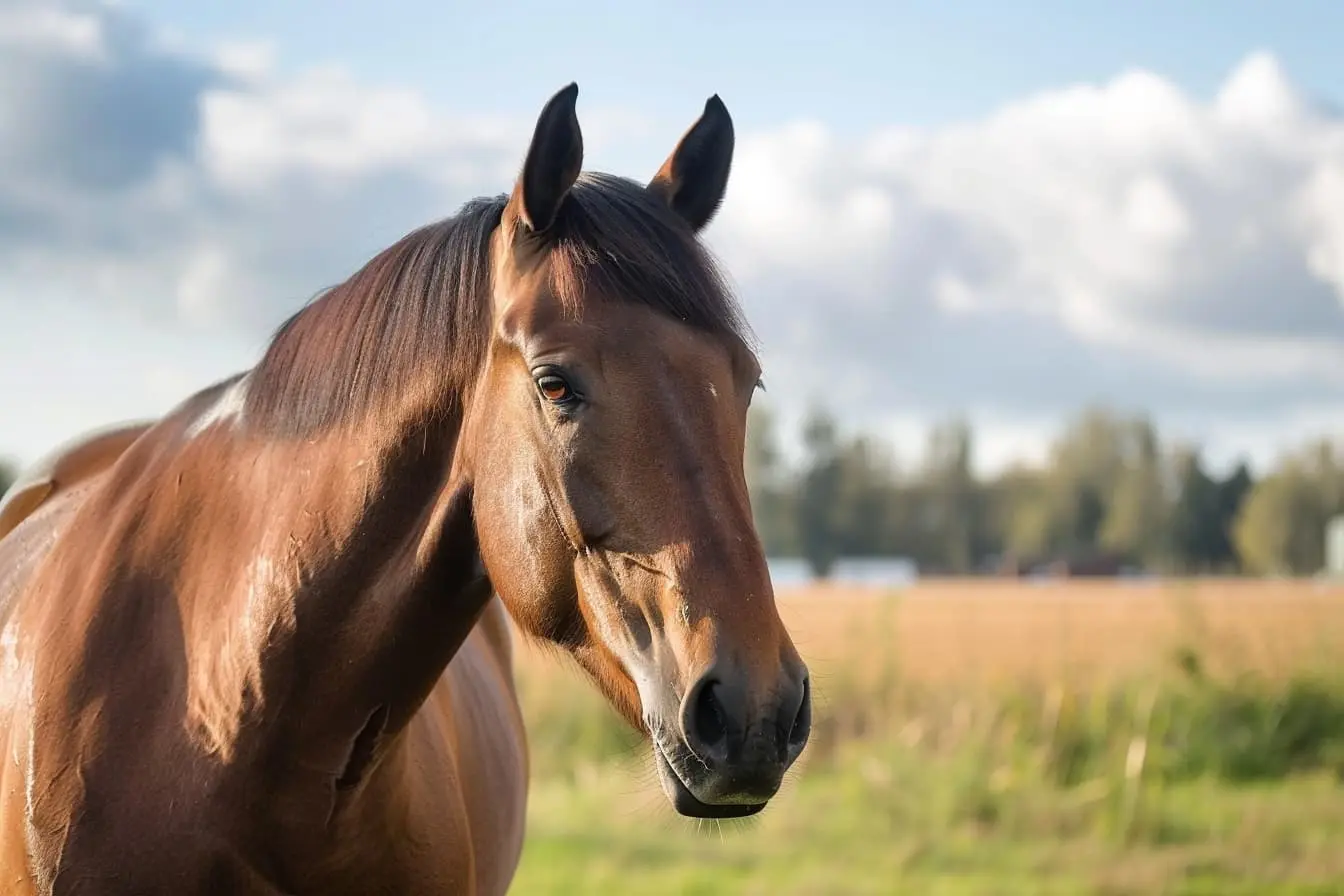
Finding the Perfect Steed: How to Choose the Right Size Horse for You
Embarking on the journey to become a horse owner is an exhilarating venture filled with dreams of galloping through lush fields and forming an unbreakable bond with your equine companion. However, before you can enjoy these idyllic moments, one crucial decision stands in your way: selecting the right size horse. This choice is pivotal, not just for your comfort and safety but also for the well-being of your future steed. Let’s trot through the key considerations to help you find the perfect match.
Understanding Horse Size and Measurements
In the equine world, the size of a horse is typically measured in hands, with one hand equating to four inches. This measurement is taken from the ground to the highest point of the horse's withers, the area where the neck meets the back. Horses come in various sizes, from the smaller ponies under 14.2 hands (58 inches) to the towering drafts that can exceed 17 hands (68 inches).
Consider Your Riding Discipline
The type of riding you plan to do greatly influences the size of horse you need. For example:
- Show Jumping and Eventing: Larger horses with a height of 16 hands (64 inches) or more are often preferred for their longer stride and ability to clear high jumps.
- Dressage: While there's no strict size requirement, horses that are 15 to 17 hands (60 to 68 inches) are commonly seen in dressage arenas due to their graceful movements and presence.
- Pony Clubs and Children's Riding: Ponies, which are under 14.2 hands, are ideal for young riders. They are not only proportionally sized for children but also offer a gentler introduction to equestrian skills.
Matching Horse Size to Rider Size
A good rule of thumb is that a rider should weigh no more than 20% of the horse's weight. This guideline helps ensure the horse can comfortably carry the rider without strain. Here’s a rough breakdown:
- Small Adult or Child (Under 70 kg): A horse or large pony between 12 and 14.2 hands is typically suitable.
- Average Adult (70 to 85 kg): Look for a horse between 14.3 and 16 hands.
- Taller or Heavier Adults (85 kg and above): A horse that is 16 hands or taller will likely be more comfortable and better suited to your size.
Consider Your Experience Level
For novice riders, a smaller horse may be less intimidating and easier to manage. It’s crucial that the horse’s temperament matches your experience level, as a gentle and forgiving horse can make your learning experience much more enjoyable and safe.
The Importance of a Pre-Purchase Exam
No matter what size horse you decide on, a pre-purchase veterinary exam is essential. This exam can identify any health issues and confirm that the horse is suited for your intended use.
In conclusion, selecting the right size horse is a multifaceted decision that should be approached with careful consideration of your riding discipline, size, and experience level. By taking the time to find a horse that matches your needs, you'll be well on your way to enjoying the many rewards of horse ownership and the unique companionship that horses provide. Remember, the perfect horse isn't just about size—it's about finding a companion that you connect with on every level.
Vets near you
Speciality vets
- Aquatics vet specialists
- Birds vet specialists
- Camelids vet specialists
- Cats vet specialists
- Cattle vet specialists
- Deer vet specialists
- Dogs vet specialists
- Equines vet specialists
- Exotic vet specialists
- Goats vet specialists
- Pigs vet specialists
- Poultry vet specialists
- Sheep vet specialists
- Small Mammals vet specialists
- Wild vet specialists



